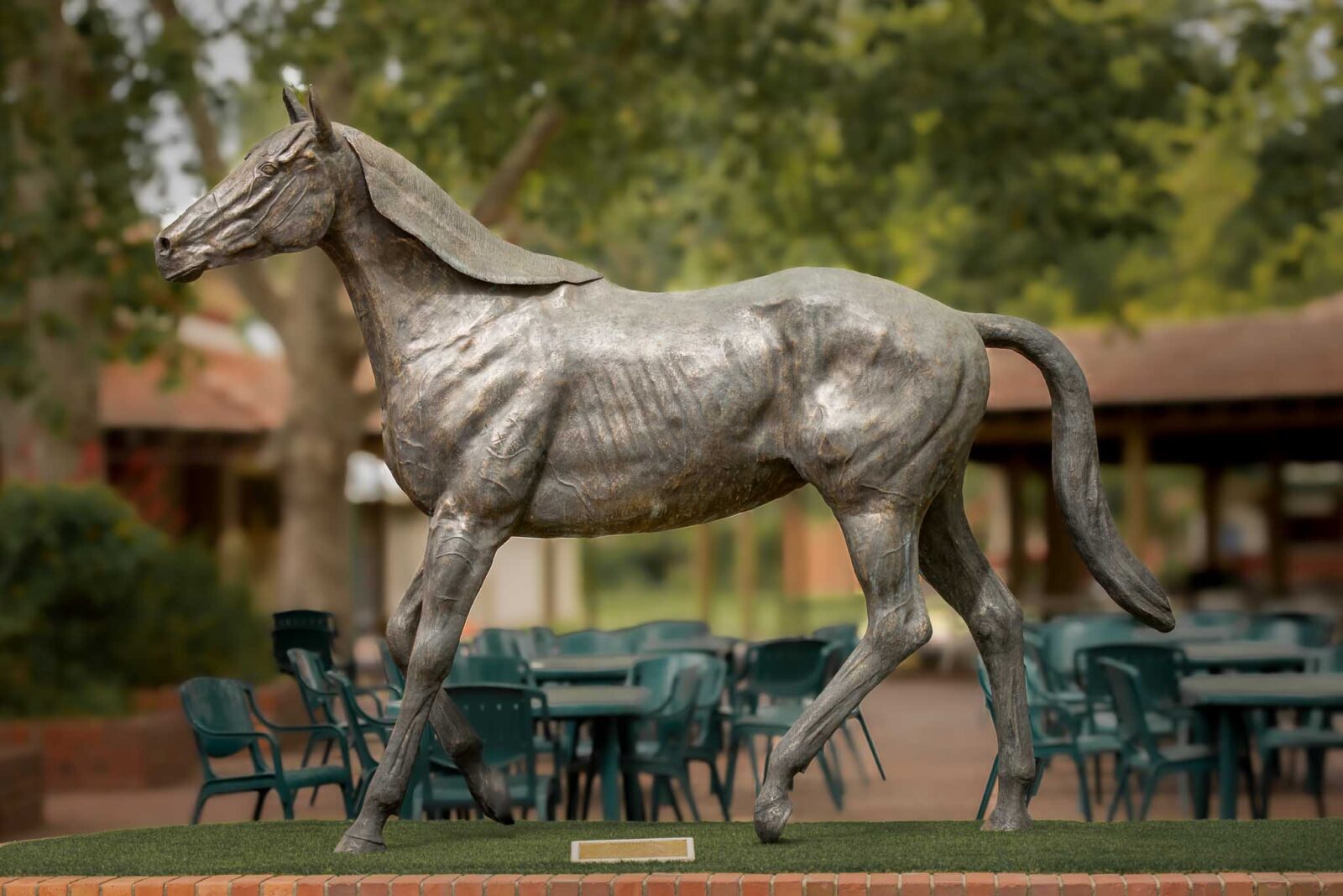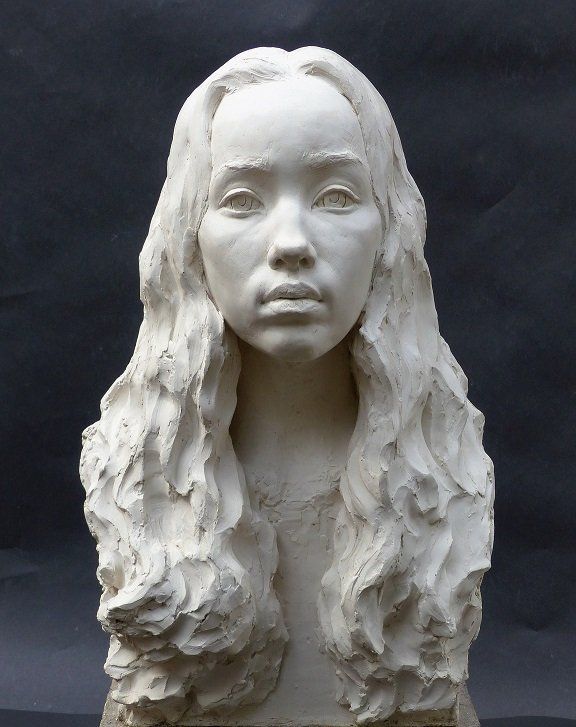Master of Faces: Discover the World of a Portrait Sculptor
Wiki Article
The Development of Sculptures: From Ancient to Modern
The Evolution of Sculptures: From Ancient to Modern. Robert C Hitchcock Sculptor.Sculpture, one of the earliest forms of art, has actually been an essential component of human people for millennia. From the ancient human beings of Egypt and Greece to the contemporary period, sculptures have developed, mirroring modifications in creative strategies, products, and cultural influences. This trip via time traces the development of sculptures, checking out the changes in vogue, topic, and artistic expression.
Starting with the ancient world, sculptures crafted from stone and later bronze caught the essence of deities, leaders, and everyday life. The Renaissance duration witnessed a revival of timeless sculpting methods, as musicians sought to replicate the elegant kinds of ancient Greek and Roman sculptures (Equine Sculptures). In the modern-day period, musicians challenged typical boundaries, embracing abstraction and trial and error with new materials
This expedition will explore the diverse evolution of sculptures, revealing the rich tapestry of imaginative expression throughout various durations and cultures.

Ancient Sculptures: From Rock to Bronze
Old sculptures transitioned from being sculpted out of rock to being cast in bronze. Rock sculptures, while outstanding in their own right, were limited by the nature of the product. Contemporary Sculptures.The intro of bronze as a tool for sculptures caused a transformation in artistic expression. Bronze provided carvers the possibility to produce detailed and realistic types that were not possible with rock. The process of casting bronze permitted the production of numerous duplicates of a sculpture, allowing broader circulation and preservation of these artistic work of arts.
The shift from rock to bronze additionally saw a shift in the subject matter of sculptures. While rock sculptures mainly shown gods, sirens, and mythical numbers, bronze sculptures began to reflect a wider series of topics, consisting of everyday people and animals. This expansion of subject issue showcased the adaptability and flexibility of the bronze tool.
Renaissance Resurgence: Sculpting in the Classical Design
The Renaissance resurgence of sculpture observed a renewal in the classical style, structure upon the innovations made during the transition from stone to bronze in ancient sculptures. Throughout this duration, musicians looked for to recreate the classic aesthetic and suitables of appeal that were widespread in old Greek and Roman sculptures.Among the key features of the Renaissance resurgence was the emphasis on naturalism and the human kind. Artists like Donatello and Michelangelo strove to catch the anatomical details and expressions of their subjects with unprecedented accuracy. They researched the human body and included their monitorings into their sculptures, causing realistic and sensible depictions.
Another essential facet of the Renaissance resurgence was the exploration of perspective and depth. Musicians made use of methods such as contrapposto, where the weight of the body is shifted to one side, creating a feeling of movement and dynamism. They also trying out various products, consisting of marble and bronze, to attain a degree of refinement and intricacy in their sculptures.

Innovation and the Avant-Garde: Damaging Typical Boundaries
Throughout the Modernism and Avant-Garde movements, artists pushed the boundaries of typical imaginative conventions. This period, which arised in the late 19th and very early 20th centuries, saw a remarkable change in the way musicians came close to sculpture. Rejecting the idea of art as plain replica, modernist carvers looked for to check out brand-new forms, products, and ideas.
One of the key features of modernist sculpture was the emphasis on abstraction. Sculptors relocated far from practical depictions and rather concentrated on capturing the essence of the subject through simplified kinds and geometric shapes. This departure from typical depiction allowed artists to share their feelings and ideas in an extra subjective and individual manner.

Contemporary Sculptures: Discovering New Materials and Concepts
With a concentrate on exploring new products and concepts, modern sculptures have actually reinvented the area of art. Artists today are pressing the boundaries of standard sculpture by experimenting and using innovative products with abstract principles. These sculptures test standard ideas of meaning, materiality, and kind, welcoming audiences to involve in a brand-new and thought-provoking imaginative experience.Contemporary carvers are accepting a large range of materials, including plastic, glass, metal, and also raw material. They are not restricted to the traditional tool of rock or clay, enabling higher civil liberty and experimentation. This change in the direction of unusual products has opened up brand-new opportunities for musicians to produce sculptures that are dynamic, interactive, and aesthetically striking.
Along with checking out new products, contemporary sculptures likewise explore facility and abstract ideas. Musicians are now exploring styles such as identity, social concerns, and the setting, utilizing sculpture as a powerful medium for social discourse and introspection. These sculptures test audiences to assume critically and involve with art on a deeper degree, sparking discussions and provoking emotional actions.
Global Impacts: Sculptural Traditions From Around The Globe
Sculptural traditions from numerous regions of the globe have significantly formed the development of sculptures throughout background. The worldwide impacts on sculpture have been varied and have actually contributed to the splendor and variety of creative expressions. From the old worlds of Egypt, Greece, and Rome to the elaborate makings of Asian societies, each area has established its unique sculptural traditions that have actually influenced artists throughout time.In ancient Egypt, sculptures were created mostly for religious and funerary objectives. The renowned sculptures of gods and pharaohs, such as the Great Sphinx and the bust of Queen Nefertiti, showcase the Egyptians' mastery of stone sculpting and their idea in the immortality.
In old Rome, sculpture served both imaginative and political purposes. Roman sculptures often portrayed emperors, generals, and mythological numbers, mirroring the power and grandeur of the empire. The marble sculpture of Augustus of Prima Porta and the huge Arch of Constantine are notable examples of Roman sculptural accomplishments.
Eastern sculptural practices, particularly in India, China, and Japan, have also had an extensive influence on the development of sculptures. Indian sculptures, such as the delicately sculpted holy places of Khajuraho and the colossal statuaries of Buddha, exhibit a rich combination of religious, mythological, and architectural aspects. Chinese sculptures, identified by their great craftsmanship and attention to detail, commonly represent deities, animals, and famous figures. Japanese sculptures, influenced by Buddhism, emphasize simplicity and tranquility, seen in the peaceful sculptures of Buddha and the stylish art of bonsai.
The worldwide impacts on sculpture proceed to evolve in the contemporary age. As we look to the future, it is specific that the global influences on sculpture will certainly continue to form and redefine this ancient art kind.
Conclusion
In verdict, the evolution of sculptures has seen a change from ancient stone and bronze functions to the timeless revival throughout the Renaissance. Today, contemporary sculptures discover brand-new materials and ideas, while additionally drawing inspiration from global sculptural practices.From the old worlds of Egypt and Greece to the modern-day period, sculptures have developed, reflecting adjustments in imaginative techniques, materials, and cultural influences.Starting with the ancient world, sculptures crafted from rock and later on bronze recorded the significance click to investigate of deities, rulers, and day-to-day life.Ancient sculptures transitioned from being carved out of stone to being cast in bronze. While stone sculptures mainly illustrated gods, sirens, and mythical numbers, bronze sculptures began to reflect a wider range of subjects, consisting of everyday individuals and animals.In conclusion, the advancement of sculptures has seen a shift from ancient stone and bronze works to the classic rebirth throughout the Renaissance.
Report this wiki page